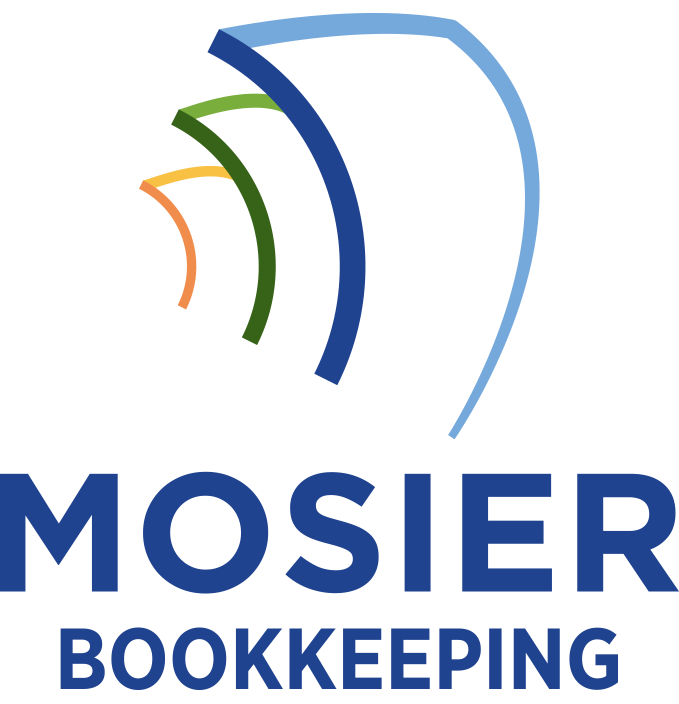Small businesses must manage five essential tax obligations: income and self-employment tax (including quarterly estimated payments at 15.3%), payroll taxes for employees, sales and use tax collection and remittance, state-specific taxes like franchise and unemployment insurance, and local tax requirements. I’ll help you understand how to calculate these obligations, meet vital filing deadlines, and maintain proper documentation. Proper tax planning and compliance strategies will maximize your business’s financial health and minimize penalties.
Understanding Income Tax and Self-Employment Tax

When operating a small business, you’ll need to understand two primary tax obligations: income tax and self-employment tax.
Income tax applies to your business’s net profit – the revenue remaining after deducting legitimate business expenses. I’ll advise filing quarterly estimated payments to avoid penalties. The IRS calculates these based on your projected annual income.
Self-employment tax covers your Social Security and Medicare contributions. As both employer and employee, you’re responsible for the full 15.3% rate. This applies to business profits exceeding $400 annually. I recommend setting aside roughly 30% of your income to cover both tax obligations.
Mastering Payroll Tax Requirements
I’ll help you understand the critical components of payroll tax management for your small business. You’ll need to accurately calculate employee withholding rates for federal income tax, Social Security, and Medicare using current IRS tax tables and percentage methods. Your business must submit these withheld taxes, along with your employer contributions, by the IRS quarterly filing deadlines: April 30, July 31, October 31, and January 31.
Calculating Withholding Tax Rates
Understanding withholding tax rates requires careful attention to current tax tables and employee W-4 forms. I’ll show you how to master this critical calculation process. First, examine your employee’s W-4 filing status, withholding allowances, and additional withholding amounts. Then, determine their taxable wages after pre-tax deductions.
Using IRS Publication 15-T, I’ll guide you to locate the correct withholding table based on your payroll frequency. Cross-reference the employee’s taxable wages with their filing status to find the precise withholding amount. Remember to factor in state and local tax rates separately, as these vary by jurisdiction.
Quarterly Payment Filing Deadlines
Successful payroll tax compliance hinges on meeting strict quarterly filing deadlines set by the IRS. I’ll help you master these critical dates: April 30th for Q1, July 31st for Q2, October 31st for Q3, and January 31st for Q4. You’ll need to file Form 941 by these deadlines to report withholding, Social Security, and Medicare taxes.
I recommend marking these dates in your financial calendar and submitting payments at least five business days before deadlines. If you’re using EFTPS for electronic payments, you’ll gain an advantage by scheduling them in advance, ensuring you maintain control over your tax obligations.
Managing Estimated Quarterly Tax Payments

I’ll help you master the critical process of calculating and submitting your estimated quarterly tax payments to the IRS. Your quarterly payment amounts should reflect your projected annual tax liability, including income tax and self-employment tax, divided into four installments based on your business’s earnings pattern. You’ll need to submit these payments by the IRS deadlines of April 15, June 15, September 15, and January 15 of the following year to avoid potential penalties.
Calculating Quarterly Payment Amounts
Three key steps form the foundation of calculating quarterly tax payments for your small business. First, calculate your expected annual income by projecting your revenue and subtracting anticipated deductions and expenses. Second, determine your tax liability by applying the appropriate tax rate to your projected taxable income and factoring in self-employment tax. Third, divide your estimated annual tax liability by four to determine each quarterly payment.
I recommend maintaining detailed income records and consulting IRS Form 1040-ES for specific tax brackets and rates. If your income fluctuates seasonally, you can adjust quarterly payments using Form 2210’s annualized income installment method.
Meeting IRS Filing Deadlines
While managing quarterly tax payments requires careful planning, meeting IRS filing deadlines demands strict adherence to specific submission dates throughout the year. I’ll show you how to master these critical deadlines and avoid costly penalties.
Mark your calendar for January 15, April 15, June 15, and September 15 – these are your quarterly tax payment due dates. I recommend setting reminders 30 days before each deadline to guarantee sufficient preparation time. Keep in mind that if any due date falls on a weekend or holiday, your payment must be submitted by the next business day. Late submissions can trigger immediate IRS penalties and interest charges.
Sales and Use Tax Responsibilities
Sales and use tax compliance represents one of the most critical obligations for small business owners operating in jurisdictions that impose these taxes. You’ll need to master the complexities of tax collection, reporting, and remittance to maintain compliance and avoid costly penalties.
- Calculate and collect appropriate sales tax rates based on your business location, nexus requirements, and specific product/service taxability rules
- File returns according to your assigned filing frequency (monthly, quarterly, or annually) and maintain detailed transaction records
- Monitor legislative changes affecting sales tax rates, exemptions, and filing requirements in all jurisdictions where you conduct business
I recommend implementing automated tax solutions to streamline these processes.
State and Local Tax Obligations

Beyond sales tax considerations, state and local tax obligations encompass a broader array of requirements that I’ll help you navigate.
You’ll need to manage property taxes on business assets, franchise taxes based on your corporate structure, and local business license fees. I emphasize staying current with state unemployment insurance taxes and workers’ compensation requirements. Each jurisdiction has unique rules – some impose gross receipts taxes, while others levy special industry-specific assessments.
Your location determines these obligations, so I recommend establishing a compliance calendar. I’ll guide you in determining which taxes apply to your operation and when they’re due, ensuring you maintain your competitive advantage.
Business Deductions and Tax Credits
Taking advantage of available tax deductions and credits can markedly diminish your business’s tax liability. I’ll show you how to leverage these powerful financial tools to maximize your bottom line and strengthen your market position.
- Claim operational expenses including rent, utilities, employee wages, and business equipment – these represent direct reductions to your taxable income
- Utilize Section 179 expensing for immediate write-offs of qualified equipment purchases up to $1,080,000
- Target industry-specific tax credits like the Research & Development Credit or Work Opportunity Tax Credit to secure dollar-for-dollar reductions in your tax obligation
Master these deductions and credits to establish a commanding tax position.









